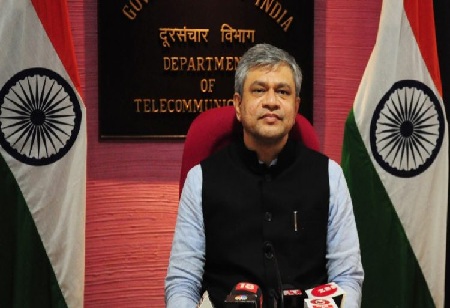The Ministry of Communications recently released the new Telecommunications Bill 2022 as a step towards designing a new telecom framework in India. The Bill seeks to consolidate and replace three telecom legislations Indian Telegraph Act, 1885, Indian Wireless Telegraphy Act, 1933 and The Telegraph Wires (Unlawful Protection) Act, 1950, a legacy of the colonial era. The thrust of the Bill to ease telecom infrastructure expansion and strengthen its quality are the key positives.
The intent to enable innovation through regulatory sandbox and the focus to promote an ecosystem for sharing, trading and leasing of spectrum, and the flexibility in making it available for various use case is also welcome. Commenting on the new Telecommunication Bill, 2022, Ashish Aggarwal, Vice President, Public Policy, NASSCOM, said “Given that the Bill leaves a lot to be covered through the regulations, it should formalise the concept of risk-based obligations and a consultation based, transparent and responsive, regulation making process.
This could, say, guide the framing of regulations for different types of licenses. The final Bill should aim to minimise regulatory burden, uncertainty, and overlaps across different laws in the innovation rich value-added services. This will be the key for start-ups and SMEs in the digital space. We have rolled out our internal consultations with the industry to finalise our feedback.” We expect the Bill to be suitably strengthened through a process of transparent and meaningful consultation with the stakeholders. A future ready Telecommunication Bill will be an important step towards designing a framework which supports regulatory stability, investment, and innovation in the telecom sector.
